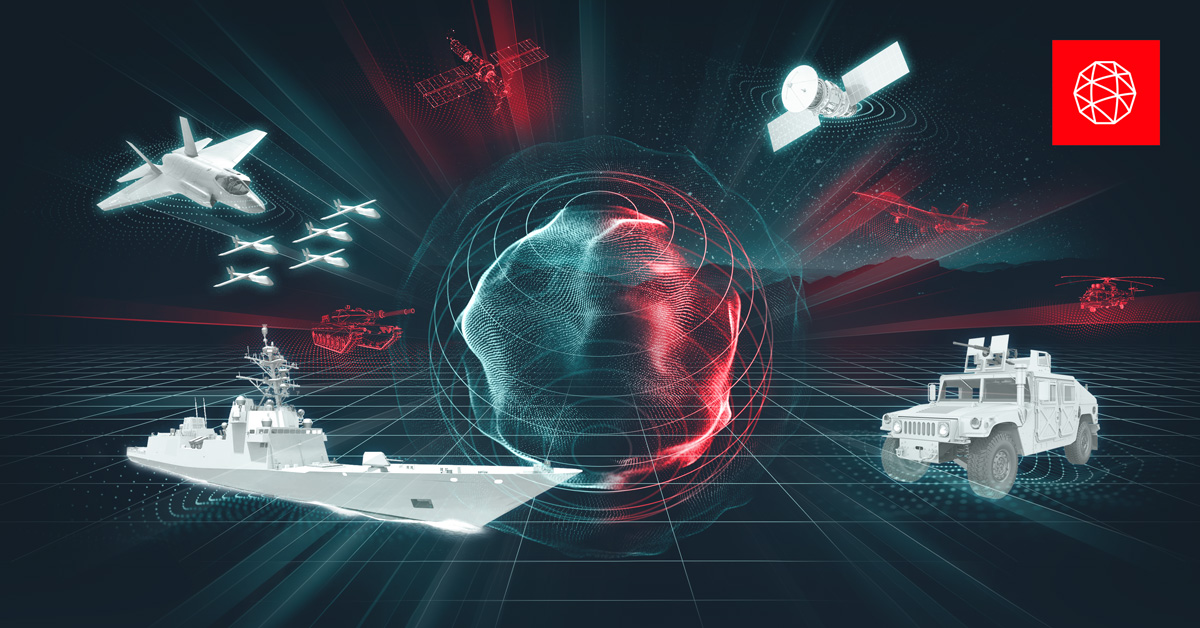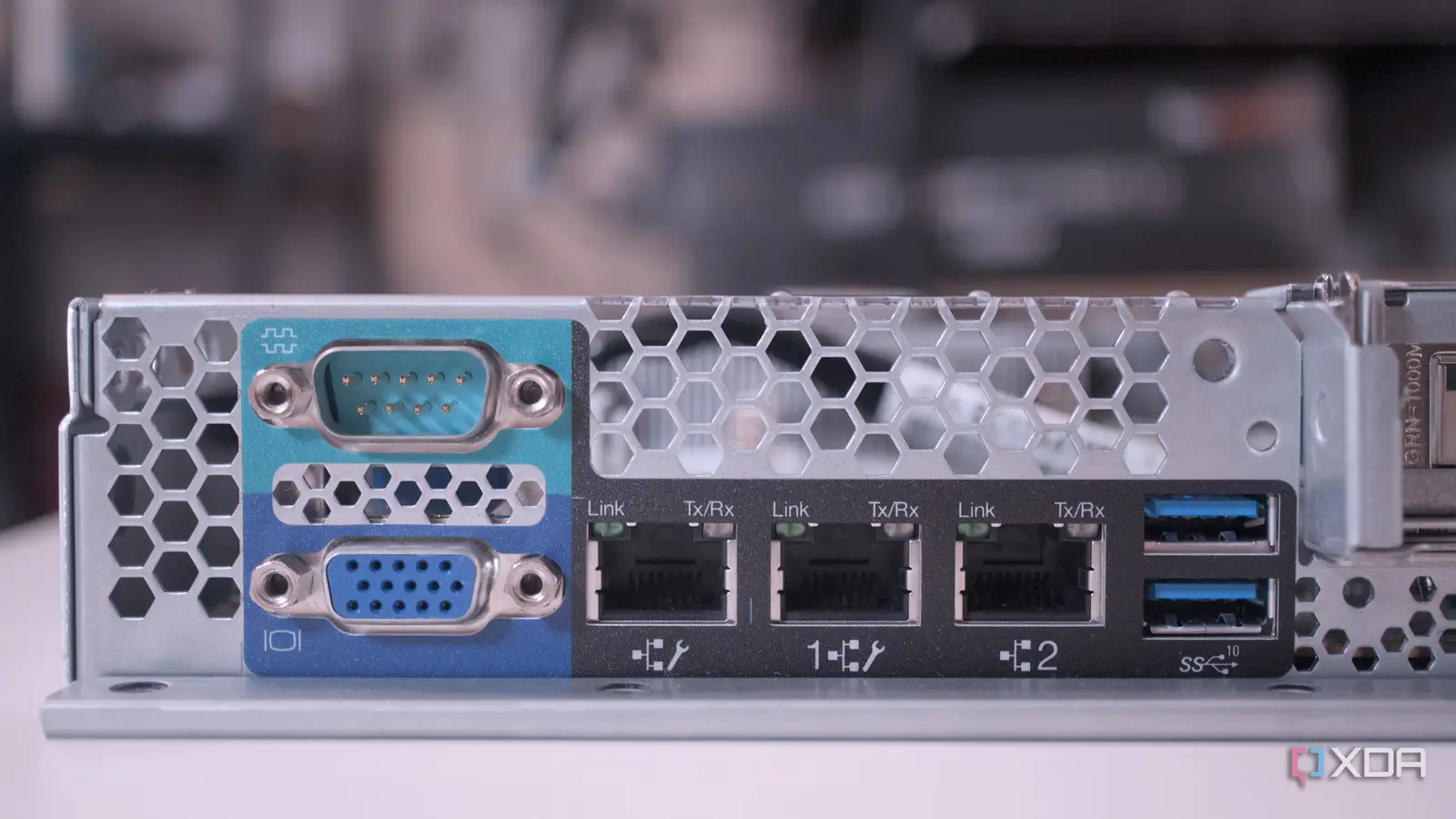L3Harris looks to scale production of hybrid satcom radios after successful Air Force tests

WASHINGTON — L3Harris Technologies said it has successfully demonstrated a satellite-based radio system that allows military aircraft to tap commercial space broadband services such as SpaceX’s Starlink while maintaining encrypted, government-grade communications.
The system, known as RASOR — short for Rapidly Adaptable Standards-compliant Open Radio — integrates multiple commercial satellite internet providers and military-owned networks into a single modular terminal.
Development began in 2019 under the U.S. Air Force Research Laboratory’s Defense Experimentation Using Commercial Space Internet (DEUCSI) program, which was launched to test whether commercial constellations could augment Pentagon communications.
“We’re investing our own money and IRAD to really proliferate the capability, but certainly working alongside the Air Force to really see how this can work in a real world environment,” Lauren Barnes, president of broadband communications systems at L3Harris, told SpaceNews.
The company said RASOR was tested in flight earlier this year on undisclosed military aircraft. “We can say that we have connected military platforms via Starlink while in flight. We’re doing additional demonstrations of additional waveforms and capabilities on other aircraft as part of the Global Lightning roadmap,” Barnes said. Global Lightning is part of the DEUCSI project, focused on conducting multi-orbit, multi-vendor terminal tests.
Integrating commercial networks into a secure military platform has been a multi-year technical challenge, according to L3Harris, as the radio must meet strict U.S. security requirements. Communications are protected by National Security Agency–certified encryption modules, also built by the company.
Partnership with Amazon Kuiper
L3Harris is working with Amazon’s Project Kuiper, which is building a broadband constellation intended to compete with Starlink. Earlier this year the defense contractor struck a partnership with Kuiper Government Solutions, Amazon’s military-focused division.
“We’ll continue to partner with Kuiper on really making sure that their satellites are supporting this mission,” Barnes said. “We’re along the journey with Amazon KGS, but really, their satellites going up in space are a huge milestone in our partnership.”
The collaboration positions Kuiper for a foothold in U.S. military satcom markets, while L3Harris adapts RASOR terminals to airborne and ground-based platforms.
RASOR is designed to scale from three to 12 modem slots, supporting a mix of Starlink, Kuiper or government tactical data links. Barnes said smaller versions are planned for Army ground vehicles, with “open standards” that allow other firms to build modules for the system.
The radios are in limited use with a handful of military customers, but the company is waiting on U.S. Air Force procurement decisions before ramping production. “Right now, we’re focusing on demonstrating our capability,” Barnes said. “We certainly see the future of where we’re going to develop these en masse for platforms.”



